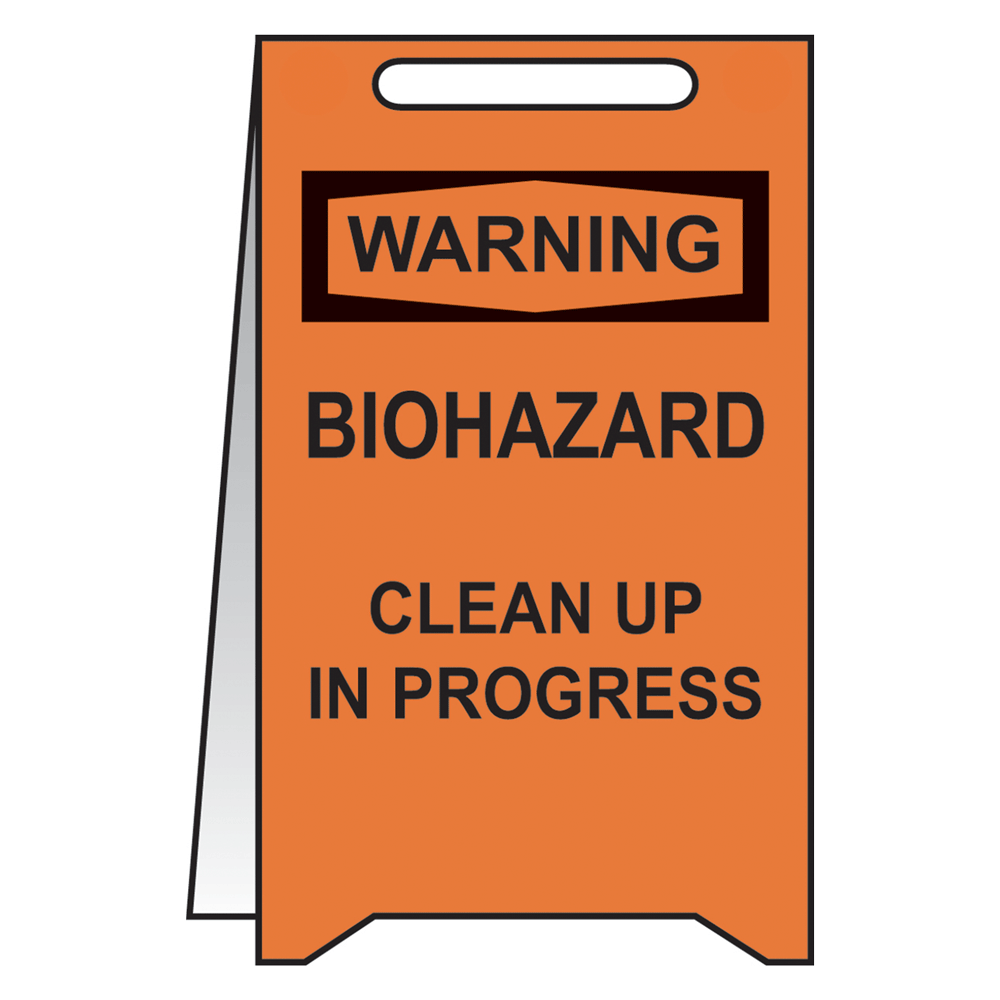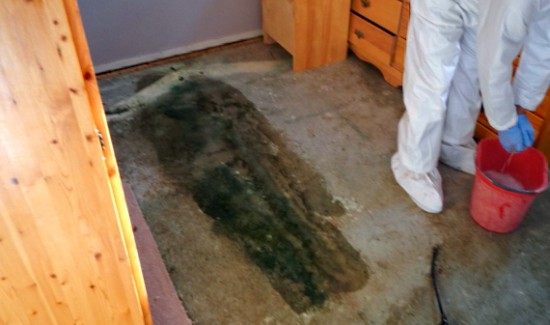Expert Biohazard Cleaning and Decontamination for Blood, Bodily Fluids, and Hazardous Materials
The potential health and wellness threats associated with exposure to biohazards emphasize the crucial need for careful handling and extensive clean-up. As we navigate the elaborate landscape of biohazard cleanup, recognizing the nuances of regulations, conformity, and the specific equipment at play comes to be imperative in making sure a comprehensive and risk-free purification procedure.
Health Dangers of Biohazard Exposure
Direct exposure to biohazards postures substantial health risks that can lead to serious effects for people and areas alike. Biohazards encompass a variety of biological compounds, including blood, bodily fluids, mold, germs, viruses, and other potentially infectious materials. When individuals enter contact with these biohazards, whether through accidents, improper handling, or ecological direct exposure, they encounter the threat of having severe health problems or diseases.
Among the primary health threats related to biohazard direct exposure is the transmission of transmittable illness. Bloodborne microorganisms such as HIV, hepatitis B and C, and various germs can be present in biohazardous materials, posing a straight danger to human health and wellness. Inhaling airborne biohazards like mold and mildew spores or coming right into contact with contaminated surface areas can additionally cause breathing issues, allergic reactions, and various other unfavorable health results.
Moreover, biohazard exposure can have long-term wellness ramifications, with some diseases showing up years after the preliminary contact (Blood Cleanup). Consequently, it is vital to focus on appropriate biohazard cleansing and decontamination to mitigate these wellness risks and make certain the security of individuals and areas

Specialized Educating for Biohazard Cleanup
When it pertains to taking care of biohazard cleanup effectively and securely, specialized training plays a basic role in making sure correct decontamination procedures are complied with. Biohazard cleaning calls for specific understanding and skills to successfully minimize risks connected with bloodborne microorganisms, physical liquids, and unsafe materials. Professionals learnt biohazard clean-up go through extensive direction on just how to safely handle, eliminate, and get rid of biohazardous materials to avoid contamination and direct exposure.
Specialized training for biohazard clean-up covers a variety of necessary subjects, including appropriate personal protective equipment (PPE) usage, bloodborne pathogen awareness, decontamination techniques, and contaminated materials disposal methods. People educated in biohazard clean-up are furnished with the needed know-how to analyze contamination degrees, determine prospective risks, and implement appropriate cleanup treatments in conformity with regulative standards.
Continuous training and education and learning are extremely important in the area of biohazard clean-up to stay upgraded on the most up to date decontamination technologies, safety methods, and guidelines. By investing in specialized training, biohazard cleanup specialists can successfully reply to emergency situation cleaning circumstances and safeguard both public wellness and the atmosphere.
Importance of Correct Decontamination Techniques
Making use of proper purification methods is crucial in biohazard cleaning to efficiently eliminate harmful materials and decrease health and wellness risks. Reliable decontamination not just ensures the removal of noticeable traces of blood, bodily fluids, and various other biohazards however additionally targets unnoticeable microorganisms that may present major wellness threats otherwise correctly eradicated. By complying with rigorous decontamination procedures, educated professionals can dramatically reduce the danger of direct exposure to unsafe microbes, viruses, and germs that can lead to conditions or infections.
Proper decontamination methods entail the usage of specialized devices and disinfectants that are specifically created to counteract biohazards effectively. Complete cleansing and sanitation of contaminated areas are necessary to protect against the spread of virus and ensure a risk-free atmosphere for passengers. In addition, the proper disposal of biohazardous waste complying with decontamination procedures is vital in avoiding contamination of other surfaces or individuals.

Tools and Devices for Safe Cleanup
When dealing with blood, bodily fluids, or hazardous products, biohazard cleansing professionals depend on specialized equipment to minimize exposure risks and thoroughly decontaminate the damaged area. Additionally, biohazard cleansing packages including anti-bacterials, absorptive materials, and biohazard bags are made use of to safely contain and get rid of of contaminated products.
Advanced cleansing devices like hospital-grade disinfectants, HEPA-filtered vacuums, and fogging equipments are employed their website to sanitize surfaces and eliminate biohazards properly. Specialized equipment such as sharps containers and biohazard waste disposal bins are used to securely take care of sharp things and biohazardous waste materials. By utilizing the ideal tools and devices, biohazard cleansing specialists can ensure an extensive cleaning procedure that focuses on safety and security and decreases health risks for both workers and passengers of the affected space.
Regulations and Compliance in Biohazard Cleaning
Proper adherence to regulations and compliance standards is paramount in biohazard cleaning to ensure the safety of explanation both personnel and the environment. Government firms such as OSHA (Occupational Safety And Security and Wellness Management) and the EPA (Environmental Defense Firm) have actually established particular guidelines for biohazard cleanup treatments to lessen health and wellness dangers and environmental contamination. These regulations cover a range of facets consisting of the handling, transportation, and disposal of biohazardous materials, along with the essential training and safety devices required for employees included in the clean-up process.
Biohazard cleansing business should stay current with these guidelines to ensure that their operations fulfill the needed safety criteria. Failing to adhere to these laws can lead to severe effects, consisting of fines, legal activity, and endangering the wellness of people and the environment. By adhering to strict laws and compliance measures, biohazard cleansing companies can successfully reduce threats and make sure a risk-free and comprehensive cleaning process for all parties involved.
Verdict
Finally, biohazard cleaning and purification require specific training, correct methods, and adherence to policies. Direct exposure to blood, bodily fluids, and harmful products poses considerable wellness risks, making it vital to make use of the best devices and devices for risk-free cleaning. By following stringent methods and standards, professionals can successfully reduce the dangers related to biohazard exposure and guarantee the safety and security of both themselves and others.
As we browse the intricate landscape of biohazard cleanup, comprehending the subtleties of laws, conformity, and the specialized equipment at play ends up being essential in making sure a comprehensive and risk-free decontamination process. (Blood Cleanup)
When it comes to managing biohazard clean-up effectively and securely, specialized training plays a basic function in making sure correct purification treatments are complied with.Using proper decontamination methods is find more important in biohazard clean-up to efficiently minimize and eliminate unsafe products wellness dangers. Furthermore, biohazard cleaning kits containing anti-bacterials, absorbing products, and biohazard bags are used to securely dispose and contain of contaminated products.
Government firms such as OSHA (Occupational Security and Wellness Administration) and the EPA (Environmental Protection Company) have actually developed particular guidelines for biohazard cleanup procedures to decrease health and wellness dangers and ecological contamination.